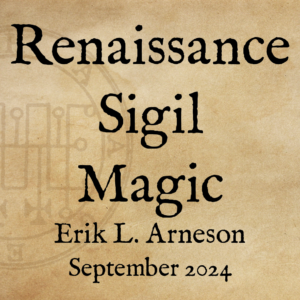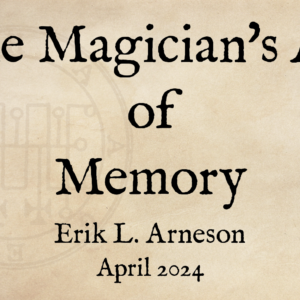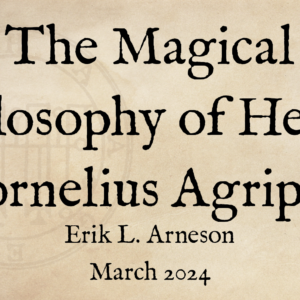Since launching this website a few weeks ago, I’ve been catching up on all of the Tarot material that’s available online. There’s a lot of it. One of the websites I’ve been enjoying is Tarotize, by the prolific Lisa Frideborg. She recently linked back to an older post of hers called Top 10 Tarot Tuition Tips in which she lists a number of ways that one can get started reading cards. The list is interesting in that it lists a few things that I certainly have done and have recommended to others, and a number of things that I’ll probably never do.
Syncretic Divination
As a part of the modern Western Mystery tradition, Tarot is a syncretic system. Its association with Hermetic Qabalah and ceremonial magic probably doesn’t date much earlier than the 19th century. This link was either invented or popularized by the influential occultist Eliphas Levi. Since then, the popularity of Tarot and other cartomantic systems has skyrocketed. You can now find systems of cartomancy incorporating all manner of other systems, including runes, astrology, and other symbol sets.
Tarotize recommends familiarizing yourself with astrology, numerology, and the chakras. Astrology has had a strong link to the Tarot simply because it’s been a part of our cultural landscape for so long. Early modern astrology hit its peak in the 17th century, with the explosion of astrological almanacs and popular public figures such as Sir Christopher Heydon, Nicholas Culpeper, William Lilly, and others.1 Its history goes back much further, however. It’s very difficult to study Western esotericism without learning something about astrology.
Numerology takes a number of forms. Some of them are divinatory, but others are deeper and stranger.2 Because Tarot decks are numbered, it makes sense to draw numerical connections between the cards. In fact, kind of like a poker hand, I will interpret cards differently if multiples show up in a reading. Three 4’s, for instance, can mean some significant stagnation. Tarotize points to a novel system of Tarot numerology that was initially introduced by Mary K Greer.
Find the Symbols You Need
While I like to think that you don’t need to incorporate other symbolic systems into Tarot, avoiding them will make your path more difficult. However, you don’t need to use astrology, numerology, or chakras. Finding a symbol set that speaks to you is one of the best ways to find a deck that you’re going to like. If you’re interested in Tarot, then you’ve probably already explored something else. Maybe you enjoy Ancient Egypt, or you’re really into cats, or you’ve got a thing for Celtic knots. There are many, many Tarot decks out there, and you’ll be able to find one that matches what you already love.
If you haven’t already seen it, Aeclectic Tarot is a great resource for exploring the variety of Tarot decks out there.
Did You Catch the Free Reading Offer?
In my last Client Query post, I offered a free Tarot reading by email to those who ask me good questions. If I pick your question for a future Client Query post, then a free reading is yours!
This post was updated in August 2020 to fix broken links and correct wording about early modern astrology.
Monod, Solomon’s Secret Arts: The Occult in the Age of the Enlightenment, Yale University Press, 2013, pp. 53-59. ↩
For instance, Gematria is an esoteric Hebrew system of numerology that uses the numerical values of words to analyze holy texts. ↩






Leave a Reply